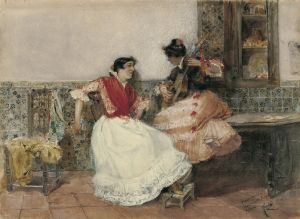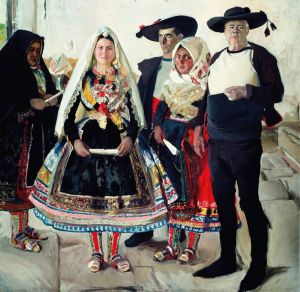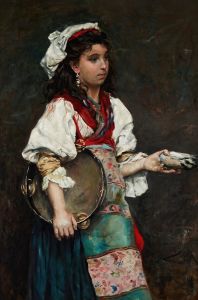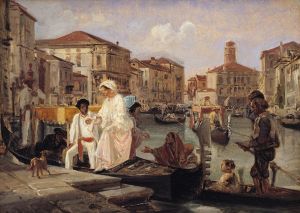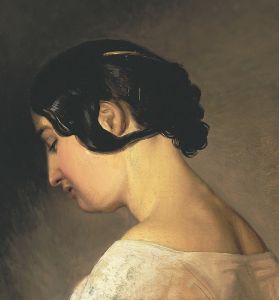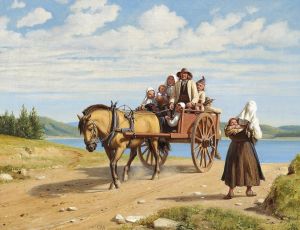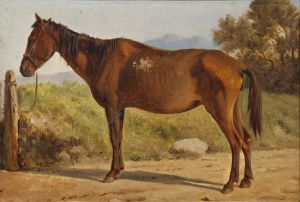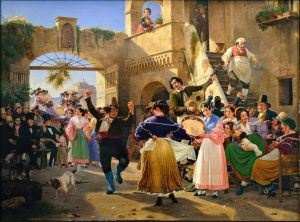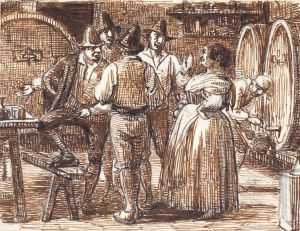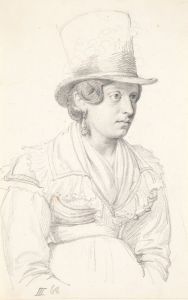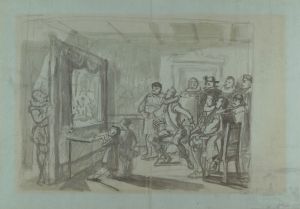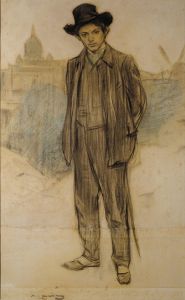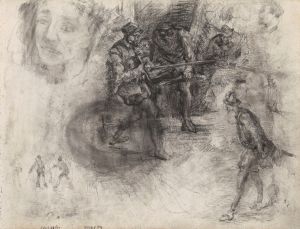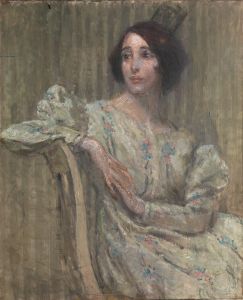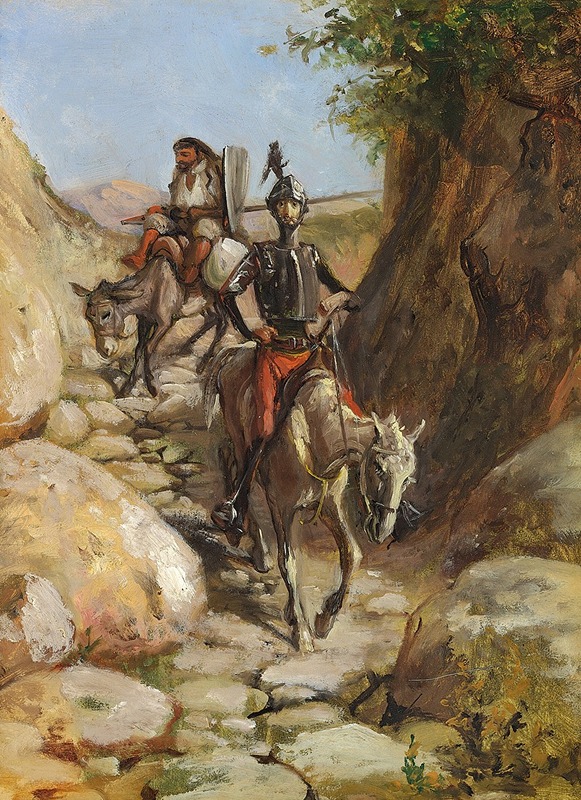
Don Quixote og Sancho Pancha kommer hjem fra de sorte bjerge
A hand-painted replica of Wilhelm Marstrand’s masterpiece Don Quixote og Sancho Pancha kommer hjem fra de sorte bjerge, meticulously crafted by professional artists to capture the true essence of the original. Each piece is created with museum-quality canvas and rare mineral pigments, carefully painted by experienced artists with delicate brushstrokes and rich, layered colors to perfectly recreate the texture of the original artwork. Unlike machine-printed reproductions, this hand-painted version brings the painting to life, infused with the artist’s emotions and skill in every stroke. Whether for personal collection or home decoration, it instantly elevates the artistic atmosphere of any space.
Wilhelm Marstrand was a renowned Danish painter and illustrator, known for his vivid and dynamic compositions. One of his notable works is "Don Quixote og Sancho Pancha kommer hjem fra de sorte bjerge," which translates to "Don Quixote and Sancho Panza Returning Home from the Black Mountains." This painting is part of Marstrand's extensive engagement with the literary works of Miguel de Cervantes, particularly the novel "Don Quixote."
Marstrand's interest in "Don Quixote" was part of a broader 19th-century European fascination with Cervantes' work, which was seen as a rich source of inspiration for exploring themes of idealism, reality, and the human condition. Marstrand's illustrations and paintings of "Don Quixote" were highly regarded for their ability to capture the humor, pathos, and complexity of Cervantes' characters.
In "Don Quixote og Sancho Pancha kommer hjem fra de sorte bjerge," Marstrand depicts the titular characters, Don Quixote and his loyal squire Sancho Panza, as they return from their adventures. The painting is characterized by Marstrand's skillful use of color and composition, which brings to life the contrasting personalities of the two characters. Don Quixote is often portrayed as tall and gaunt, embodying the idealistic and somewhat delusional nature of his quest to revive chivalry. In contrast, Sancho Panza is depicted as short and stout, representing the practical and earthy counterbalance to Don Quixote's flights of fancy.
Marstrand's work is notable for its attention to detail and its ability to convey the narrative and emotional depth of Cervantes' story. The painting captures a moment of return and reflection, as the characters come back from their journey through the "Black Mountains," a symbolic landscape that suggests both the physical and metaphorical challenges they have faced.
Wilhelm Marstrand was a central figure in the Danish Golden Age of painting, and his works are celebrated for their technical proficiency and their ability to convey complex narratives and emotions. His engagement with "Don Quixote" is a testament to his interest in literature and his ability to translate literary themes into visual art. Marstrand's paintings and illustrations of "Don Quixote" were influential in shaping the visual interpretation of Cervantes' characters and stories in the 19th century.
Today, Marstrand's works, including "Don Quixote og Sancho Pancha kommer hjem fra de sorte bjerge," are held in high regard and can be found in various collections, including the National Gallery of Denmark. His contributions to art and his interpretations of "Don Quixote" continue to be studied and appreciated for their artistic and cultural significance.





